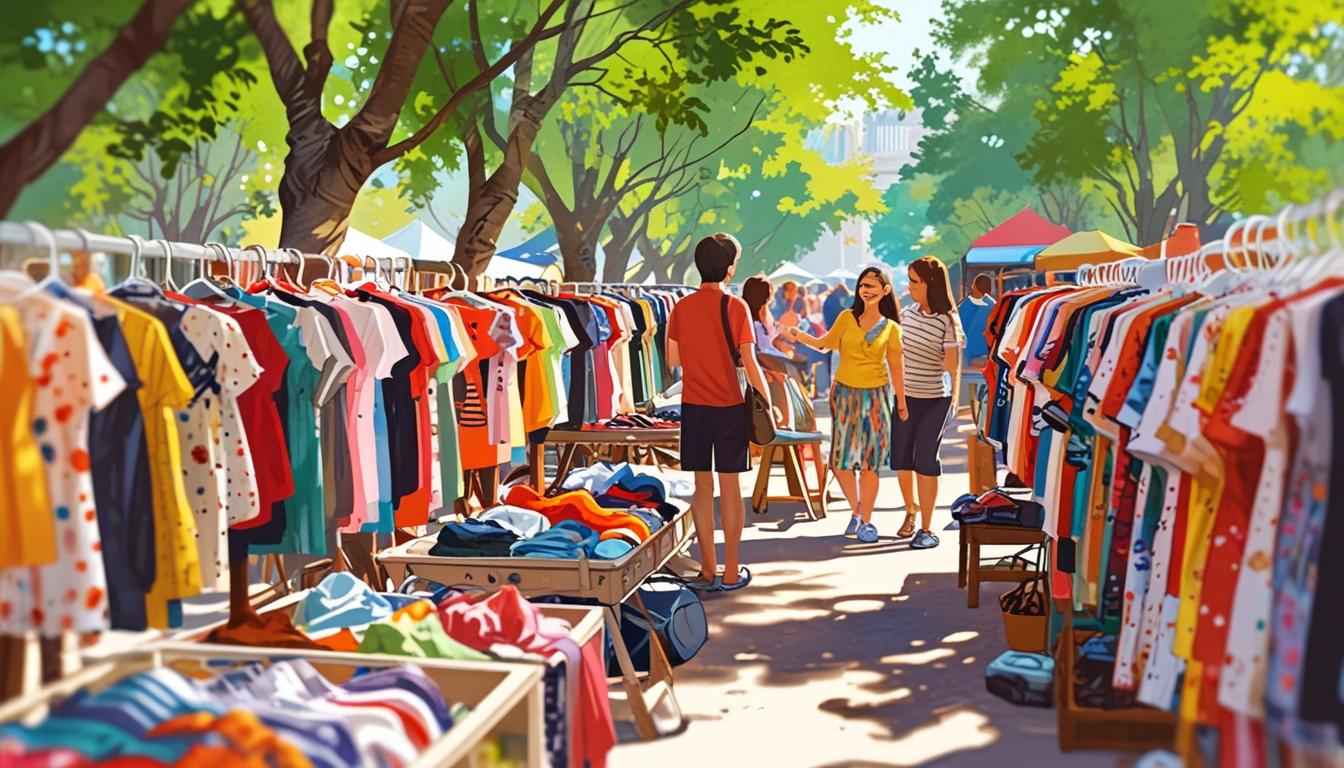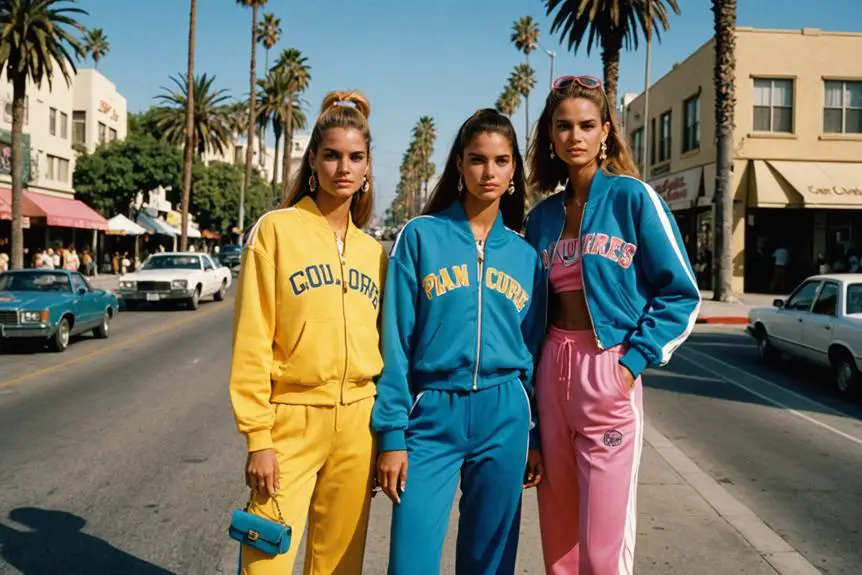As children outgrow their clothes at an alarming rate, parents can tackle clothing waste by shopping and selling preloved items.
Parents often witness the rapid growth of their children, from helpless newborns to young adults preparing for university in what seems like the blink of an eye. During the first two years of a child’s life, they can quickly transition through seven different clothing sizes, and on average, a child outgrows over 1,500 pieces of clothing by the time they reach adulthood. Unfortunately, a significant portion of these outgrown items typically ends up in landfills, posing a challenge for parents trying to keep up with their children’s ever-evolving needs.
In light of the issues surrounding clothing waste, experts suggest that shopping for preloved kids’ clothes and selling items that children no longer fit into can be an effective strategy. This approach not only keeps pace with children’s rapid growth but also minimizes the environmental burden caused by producing new clothing.
The surge in the resale market over the past five years has made buying and selling secondhand children’s clothing more accessible and appealing, particularly as parents seek to balance quality and cost. According to the Director of Retykle, an online platform that specializes in buying and selling preloved kids’ clothes, offering parents affordable access to high-quality brands while recouping some of the costs associated with raising children has become increasingly relevant.
Offering guidance for navigating the world of secondhand clothing, Retykle has outlined ten essential tips for both selling and buying preloved children’s apparel.
For parents looking to sell, the process begins with a careful decluttering of clothing. They should assess items for any damage that might hinder resale potential, asking themselves if they would buy the clothing in its current state. Following care instructions and maintaining the garments properly not only prolongs their lifespan but also increases their likelihood of sale. Additionally, it is recommended to sell seasonal items at appropriate times, an approach that significantly enhances the chances of a successful transaction.
Emotional attachments can complicate the selling process, but Retykle advises parents to consider taking photos of sentimental items instead of holding onto them. By passing these items on, parents can give them a second life, bringing joy to another family. Utilizing a trusted resale platform like Retykle is emphasized, as it provides services like photography, pricing, and marketing, which can save parents time and effort.
For those looking to buy, Retykle suggests understanding a child’s specific style and preferences, which can lead to mindful purchasing decisions. Building a capsule wardrobe is also recommended; selecting staple items that complement existing clothing enhances outfit combinations and simplifies daily dressing. Regularly checking the platform for newly listed items can increase the chances of obtaining popular brands, while planning ahead for events can prevent last-minute purchases.
Lastly, Retykle encourages parents to inspect the condition and authenticity of garments thoroughly. Features such as buttons, zippers, seams, and fabric quality should be closely examined to ensure satisfaction with purchases. If there are uncertainties, parents are reminded that customer service is available for queries regarding item details.
Navigating the resale market for children’s clothing is not only a sustainable choice that contributes to reducing fashion waste; it represents a cost-effective method for families to manage their wardrobe requirements responsibly. The trend of buying and selling preloved clothing continues to grow, impacting both consumers and the environment positively.
Source: Noah Wire Services




